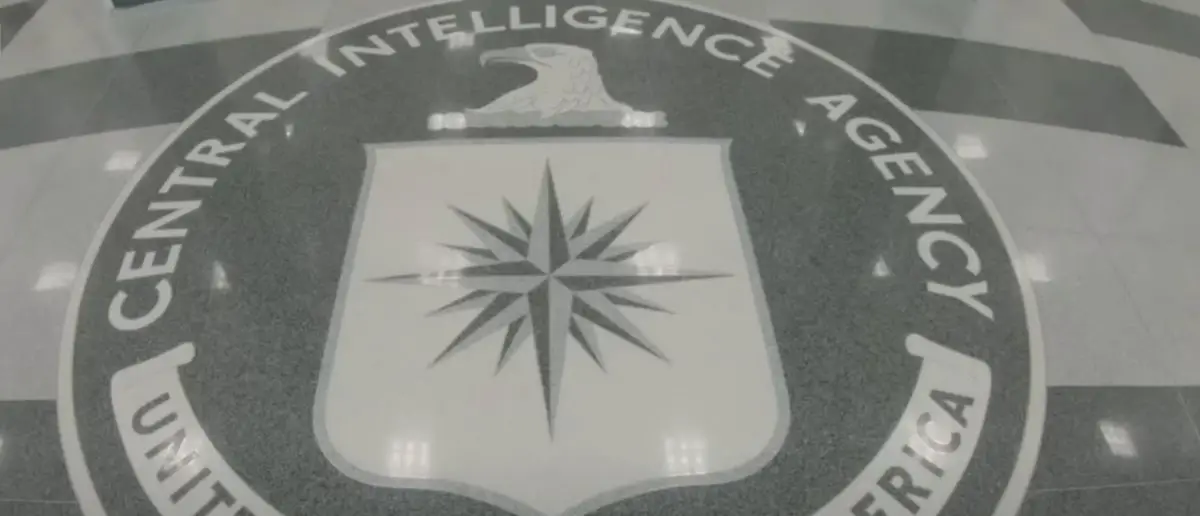
The world is on fire under Biden. And it’s about to become unimaginably worse.
Because the Pentagon is on red alert after it was hit with this nuclear threat.
Russian President Vladimir Putin has taken a dramatic step toward escalating global tensions by signing a revised nuclear doctrine that lowers the threshold for nuclear retaliation.
This decision, made on the 1,000th day of Russia’s war in Ukraine, came just one day after President Joe Biden authorized Ukraine to use U.S.-supplied long-range missiles to strike inside Russian territory. The timing of these developments highlights the dangerous game of brinkmanship unfolding between the world’s major powers.
The new doctrine significantly broadens the conditions under which Russia might deploy nuclear weapons.
It now states that any attack on Russia, even by a non-nuclear power, could provoke a nuclear response if the attack is carried out with the “participation or support of a nuclear power.”
This alarming shift also extends the threat of nuclear retaliation to aggression against Belarus, a key Russian ally, according to reports from The Associated Press.
Though the document avoids explicitly committing to a nuclear response in such scenarios, it introduces troubling ambiguity.
It underscores the “uncertainty of scale, time, and place of possible use of nuclear deterrent” as a guiding principle.
This vagueness seems designed to sow fear and deter potential adversaries but at the cost of increased global instability.
Kremlin spokesperson Dmitry Peskov did little to downplay the significance of the timing. When asked if the updated doctrine was a response to Biden’s decision to ease restrictions on Ukraine’s strikes, Peskov said it was published “in a timely manner.”
He added that Putin had ordered the revisions earlier this year to reflect “the current situation,” further demonstrating how international decisions influence Russia’s strategic posturing.
The doctrine’s revisions reveal a broader range of triggers for nuclear deployment.
Unlike its predecessor, which emphasized retaliation only in the event of a ballistic missile attack, the updated version now includes cruise missiles, drones, and other aerial threats.
This expanded scope highlights Russia’s determination to project strength in the face of growing challenges to its military dominance.
Critics argue that Biden’s decision to allow Ukraine greater latitude in targeting Russian territory has exacerbated an already volatile situation.
By enabling Ukraine to strike deep into Russia, the Biden administration risks validating the Kremlin’s claims of Western aggression and creating further justification for Moscow’s hardline nuclear stance.
Extending the conflict into Russian territory raises the stakes in dangerous and unpredictable ways. The consequences of this escalatory spiral cannot be overstated.
Putin’s doctrine serves as a grim reminder of the catastrophic potential of nuclear war.
As tensions rise, the Biden administration’s approach to the conflict increasingly appears short-sighted, prioritizing immediate tactical gains over long-term global stability.
It is imperative that world leaders, particularly in Washington, prioritize diplomacy and de-escalation to avoid plunging the world into an even darker chapter.
No one wins in a nuclear war, and the focus must shift away from provocative measures toward fostering dialogue and reducing the risks of catastrophic miscalculations.
Stay tuned to the DC Daily Journal.





